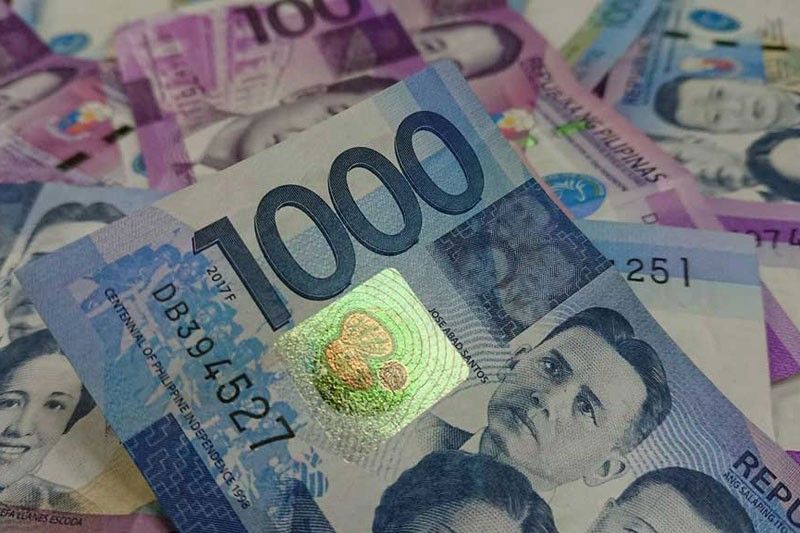Forex reserves drop to 3-year low in April 2018

MANILA, Philippines — Strong outflows and the weak peso further trimmed the country’s foreign exchange buffer to a fresh three-year low in April, the Bangko Sentral ng Pilipinas (BSP) reported Monday.
BSP Governor Nestor Espenilla Jr. said the country’s gross international reserves (GIR) amounted to $80.06 billion as of end-April, $449.7 million lower than the March level of $80.51 billion.
This was the lowest since hitting $79.54 billion in December 2014.
“At this level, the GIR nonetheless serves as an ample external liquidity buffer,” Espenilla said.
The GIR is the sum of all foreign exchange flowing into the country. The reserves serve as buffer to ensure that the Philippines would not run out of foreign exchange that it could use to pay for imported goods and services, or maturing obligations in case of external shocks.
Espenilla said the month-on-month decline in the GIR level was due mainly to outflows arising from payments made by the national government for its maturing foreign obligations, as well as the foreign exchange operations of the BSP.
He also cited the revaluation adjustments on the central bank’s gold holdings due to the decrease in the price of gold in the international market.
Data showed the value of the BSP’s gold holdings declined by 1.5 percent to $8.25 billion in April from $8.37 billion in March, while earnings from its foreign exchange operations slipped by 3.1 percent to $5.37 billion from $5.54 billion.
If it deems necessary, the BSP buys or sells dollars from the foreign exchange market to prevent sharp depreciation or appreciation of the peso.
The BSP has allowed the moderate and gradual depreciation of the peso against the dollar as part of its mandate to smoothen the volatility in the foreign exchange market and to support the expanding economy.
Funds continued to flow out from emerging markets including the Philippines in search of higher yield as the US Federal Reserve continued to raise interest rates.
This, together with the widening trade and current account (CA) deficits arising from strong imports particularly of capital equipment and raw materials to support the expanding economy has resulted in a weaker peso.
The local currency has recovered back to the 51 to $1 level after hitting a fresh 11-year low after it breached the 52 to $1.
On the other hand, Espenilla said the decline in the country’s foreign exchange buffer was partially tempered by the central bank’s investments abroad and the national government’s net foreign currency deposits.
The Philippines raised 1.46 billion renminbi from its maiden renminbi-dollar denominated bond issuance late last March to finance the government’s general financing requirements.
The BSP chief said the GIR level in April is enough to cover 7.8 months’ worth of import of goods and payments of services and primary income.
- Latest
- Trending





























